Shopify Product Display Apps: prod‑wall vs Menulog

Table of Contents
- Introduction
- How Does prod‑wall Work?
- How Does Menulog Work?
- How Much Does prod‑wall Cost?
- How Much Does Menulog Cost?
- Cost Analysis: prod‑wall vs. Menulog
- User Reviews & Customer Support Insights
- Integration and Compatibility Comparison
- Conclusion
Introduction
In today’s competitive e-commerce landscape, how effectively you display your products can significantly influence customer engagement and conversion rates. Effective product display not only highlights your offerings but also enhances the user experience, making it simpler for customers to browse and buy. Product display apps serve as essential tools that leverage functionality and creativity to optimize product presentation, drive sales, and keep your inventory organized.
This blog post will delve into two popular product display apps on Shopify: prod-wall and Menulog. Each app aims to provide unique capabilities in product presentation, and their ease of integration has a profound impact on overall user experience. Let’s examine how these applications enhance your storefront and improve customer interactions.
How Does prod‑wall Work?
prod-wall is designed to offer merchants a visually appealing and highly interactive product catalog for their storefront. Its primary aim is to simplify product browsing, making it as seamless as viewing images in a smartphone gallery.
Features of prod-wall
-
Endlessly Scrollable Catalog: Customers can scroll or swipe through products effortlessly, allowing them to discover new items without having to navigate away from the page.
- Utility: This feature appeals to startup and small-to-medium businesses, creating a visually engaging experience that keeps potential buyers interested in a large inventory.
-
Dynamic Device Compatibility: prod-wall automatically adjusts to various screen sizes, ensuring that your product display looks impressive on mobile devices, tablets, and desktops.
- Utility: Large enterprises will find this valuable as it caters to a diverse customer base accessing their online store from different devices.
-
Heavy Caching for Speed: The app is built with heavy caching to enhance loading times for returning customers, providing a near-instant experience that keeps users engaged.
- Utility: This feature benefits businesses of all sizes, as fast-loading pages are crucial for retaining visitor interest and minimizing bounce rates.
-
Image Optimization: prod-wall respects image resolutions and automatically adjusts for optimal display, ensuring that product visuals remain high quality.
- Utility: For startups and small businesses, this means showcasing products in the best light without additional operational overhead.
-
No-Configuration Experience: Setup is straightforward—enabling the button is all it takes, making it accessible even for those without technical expertise.
- Utility: This feature is especially advantageous for startups that may not have dedicated IT support.
Hypothetical Scenarios
Imagine a small boutique that has recently launched an online store. By implementing prod-wall, they can showcase their entire product catalog in a user-friendly format, encouraging visitors to explore various items. As buyers swipe through the offerings, the loading speed ensures they don’t lose interest, ultimately leading to improved sales conversion.
Similarly, a large retail brand can benefit by integrating prod-wall to create an enticing shopping experience, allowing customers to seamlessly browse and purchase items without the frustration often associated with infinite scrolling.
How Does Menulog Work?
Menulog aims to streamline the creation of restaurant menus and product catalogs, ensuring that all information is synched with real-time product data directly from your store collections.
Features of Menulog
-
Dynamic Menu Creation: Menulog enables merchants to create visually appealing menus or catalogs that are automatically updated with current product information.
- Utility: Ideal for restaurants or food delivery businesses, Menulog allows seamless integration of menu changes, capturing customer interest with ease.
-
Customization Options: Merchants can customize the style of their menus or catalogs using built-in editing tools.
- Utility: This flexibility is particularly useful for small to medium enterprises trying to establish a unique brand identity.
-
Easy Placement of App Block: Users can easily designate where on their site they’d like the app block to appear, offering enhanced user experience flexibility.
- Utility: Startups will appreciate this feature as it allows for adaptable web design without complex coding.
Hypothetical Scenarios
Consider a newly opened café that frequently updates its menu based on seasonal ingredients. By using Menulog, they can effortlessly display their latest offerings online without dedicating time to manual updates. While this enhances customer engagement, it also helps streamline operations for the small business.
In contrast, a larger restaurant chain seeking consistency across multiple locations can benefit from Menulog by efficiently managing numerous dynamic menus while ensuring customers always have access to accurate menu items across websites.
How Much Does prod‑wall Cost?
Cost-effectiveness is crucial for any business investing in app solutions. Let’s break down the pricing tiers for prod-wall:
-
Free Plan:
- Cost: Free
- Features: Unlimited product images, designed exclusively for Shopify-Admin use.
- Limitations: Only available in the administrative backend.
- Target Audience: Best suited for startups looking for a budget-friendly option to explore product display features.
-
Basic Plan:
- Cost: $5/month
- Features: Launch button on the storefront, supports up to 200 product images.
- Limitations: Limited to smaller collections.
- Target Audience: Ideal for small businesses aiming to start showcasing products to customers.
-
Standard Plan:
- Cost: $19/month
- Features: Launch button, supports up to 1,000 images.
- Limitations: Might be restrictive for rapidly growing businesses.
- Target Audience: Small- to medium-sized businesses needing more expansive product displays.
-
Premium Plan:
- Cost: $50/month
- Features: Launch button, supports up to 5,000 images.
- Limitations: Contact required for larger inventory needs.
- Target Audience: Large enterprises with extensive product catalogs.
It is important to note that you can always reach out to our team and we can create a custom pricing plan to suit your needs and your budget. Schedule a call via this link and we’ll come up with the best solution for you and your business.
How Much Does Menulog Cost?
Considering the significance of budget-friendly solutions, let’s analyze Menulog's pricing:
-
Basic Plan:
- Cost: $10/month
- Features: Unlimited restaurant menus or catalogs, customer support.
- Limitations: Lack of tiered pricing could deter businesses as they expand.
- Target Audience: Suitable for restaurants and food businesses just starting out.
Insights
While Menulog offers a straightforward pricing model, it may not provide flexibility or scalability as businesses grow, making it less appealing for those looking for a long-term solution.
Cost Analysis: prod‑wall vs. Menulog
A comparative look at both applications reveals that while Menulog initiates at a slightly lower price point, prod-wall offers significantly more features across multiple tiers. The ability to showcase thousands of products with dynamic adjustments makes prod-wall a preferred choice for businesses seeking to scale.
Custom pricing options in prod-wall also provide a level of adaptability that Menulog lacks, potentially offering better long-term cost efficiency.
User Reviews & Customer Support Insights
Is prod‑wall Good?
prod-wall has built a positive reputation since its launch, holding a remarkable 5-star rating from 64 reviews. Users commend its intuitive interface and the ease of setting up a visually appealing product display.
Is Menulog Good?
In contrast, Menulog has yet to garner any user feedback, holding an average rating of 0 stars from 0 reviews. The absence of reviews raises questions about its effectiveness and user satisfaction. As potential users, it is crucial to consider experiences from other platforms to understand how Menulog could be received.
Customer Support Feedback
Effective customer support can make or break user experience. prod-wall’s established feedback suggests strong support, while Menulog’s lack of reviews may indicate a lack of engagement or transparency with potential users.
User Preference: prod‑wall or Menulog?
When comparing average ratings, prod-wall clearly emerges as the more favorable option. Features, user satisfaction, and proven reliability give it a notable edge over Menulog. Many users may lean towards prod-wall due to its extensive functionalities and positive reception.
Integration and Compatibility Comparison
prod-wall Integrations
prod-wall integrates seamlessly with the Shopify platform, enhancing functionality and allowing for straightforward implementation into existing online stores.
Menulog Integrations
Menulog lacks reported integrations, which may limit its applicability in diverse operational environments. Businesses relying on various software tools may face challenges.
Conclusion
Both prod-wall and Menulog present impressive solutions tailored for product display. However, prod-wall distinctly stands out due to its user-friendly design, comprehensive functionality, and flexible pricing structure. With a stellar 5-star rating and continual positive user feedback, it proves to be a more effective tool for increasing customer engagement and driving sales conversions.
While Menulog has potential, the lack of user reviews, limited feature adaptations for scalability, and overall engagement indicates that prod-wall is ultimately the superior choice for businesses seeking long-lasting success in product display.
Still Searching for the Perfect Customization Solution?
Stop searching and start thriving with Accentuate Custom Fields! This powerful metafield management app supercharges Shopify’s native features, giving you the tools to create a truly personalized customer experience.
Why Choose Accentuate Custom Fields?
- Advanced Customization: Unlimited field definitions, logical grouping, and custom layouts make your store one-of-a-kind.
- Enhanced Editor Experience: Effortlessly edit variant metafields, use advanced HTML and markdown editors, and sync field definitions between stores.
- Flexible Management: Import/export capabilities, automatic tagging, and comprehensive support for Metaobjects and versioning.
- 24/7 Support: If you have any questions or need assistance, our team is available around the clock to help with any custom modifications to suit your store.
Join over 12,000 merchants, including top Shopify Plus stores, who trust Accentuate for their customization needs. With a stellar 4.9-star rating, Accentuate is the go-to tool for advanced CMS needs, offering unmatched flexibility and control over your store’s content. Elevate your Shopify store with high-quality content that boosts customer experiences and conversions. Tell your story, showcase your products, and create an engaging customer journey with ease.
Experience the Accentuate difference and watch your Shopify store thrive!
Accentuate vs Competition
Explore how Accentuate Custom Fields stands out. Whether you’re aiming to customise your storefront, streamline operations or improve content management, see how we compare against the competition

Shopify Product Display Apps: FeatureFrame ‑ Pretty Product vs. AI SEO: Top Product Features

Shopify Product Display Apps: Metadrob: Create Virtual Store vs シンプルクラウドファンディング|お手軽自社クラファン
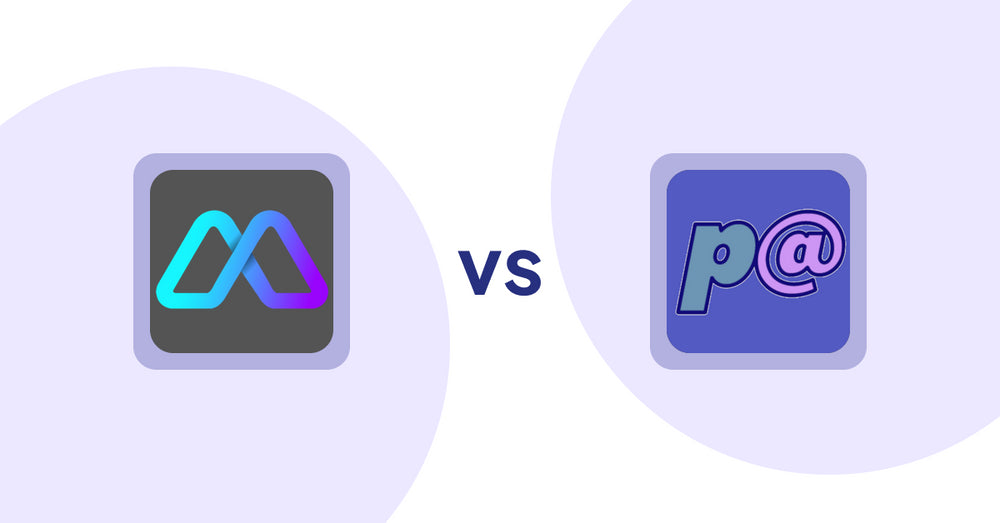
Shopify Product Display Apps: Metadrob: Create Virtual Store vs Parameterizer

Shopify Product Display Apps: Bike Matrix vs. Fast View: Fastest Quick View
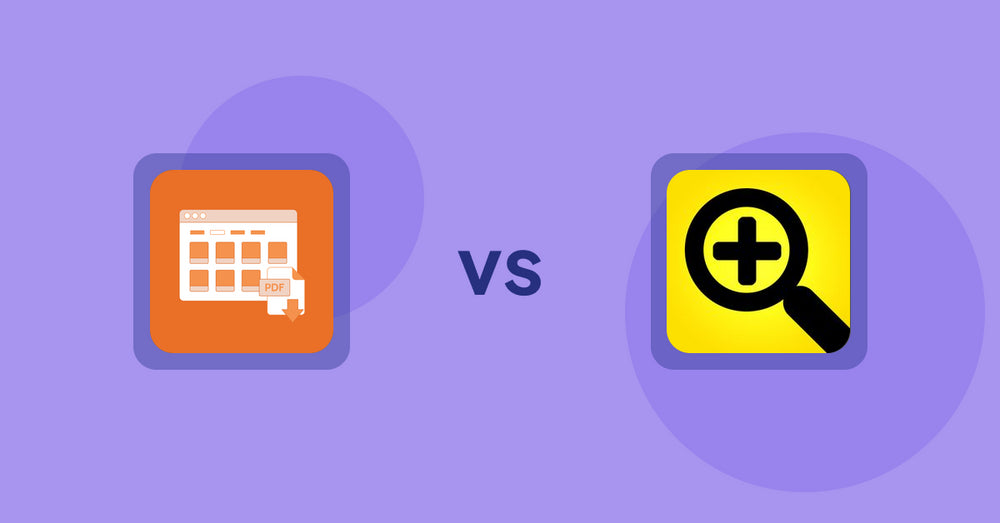
Shopify Product Display Apps: Meetanshi PDF Product Catalog vs Fast View: Fastest Quick View

Shopify Product Display Apps: UR: Smart Ranking vs Sortyfi Collection Merchandise

Shopify Product Display Apps: UR: Smart Ranking vs PDP Star
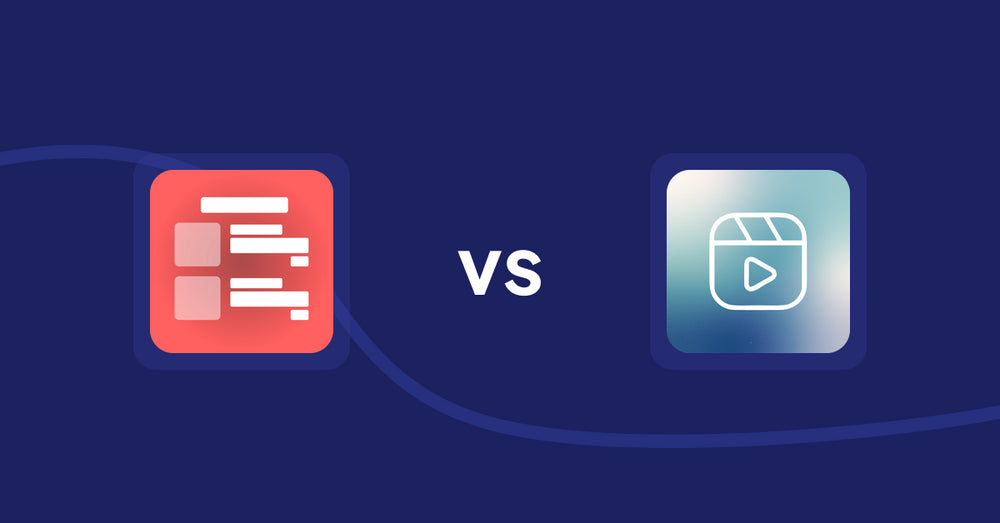
Shopify Product Display Apps: Menulog vs Reelify ‑ Shoppable Reel Video

Shopify Product Display Apps: H3 Estimated Delivery vs Findify Search & Merchandise

Shopify Product Display Apps: Wordo ‑ ChatGPT AI Description vs Urgency! Low Stock Counter
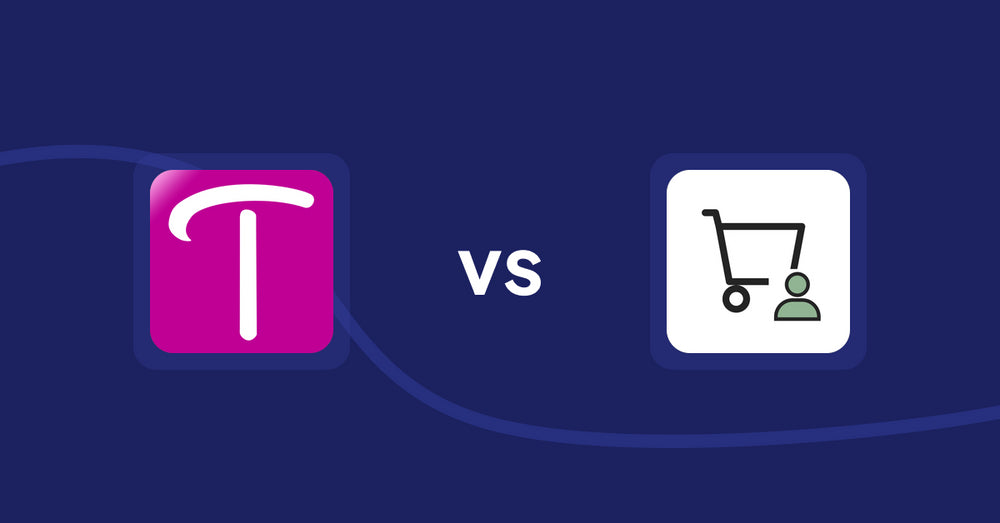
Shopify Product Display Apps: WS Transparency vs シンプル会員注文割引|お手軽ログインセール設定
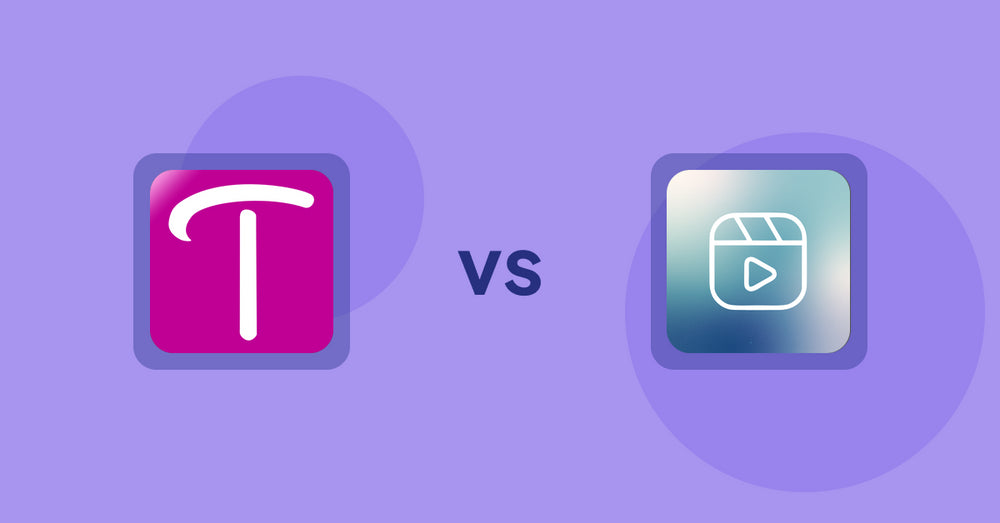
Shopify Product Display Apps: WS Transparency vs Reelify ‑ Shoppable Reel Video
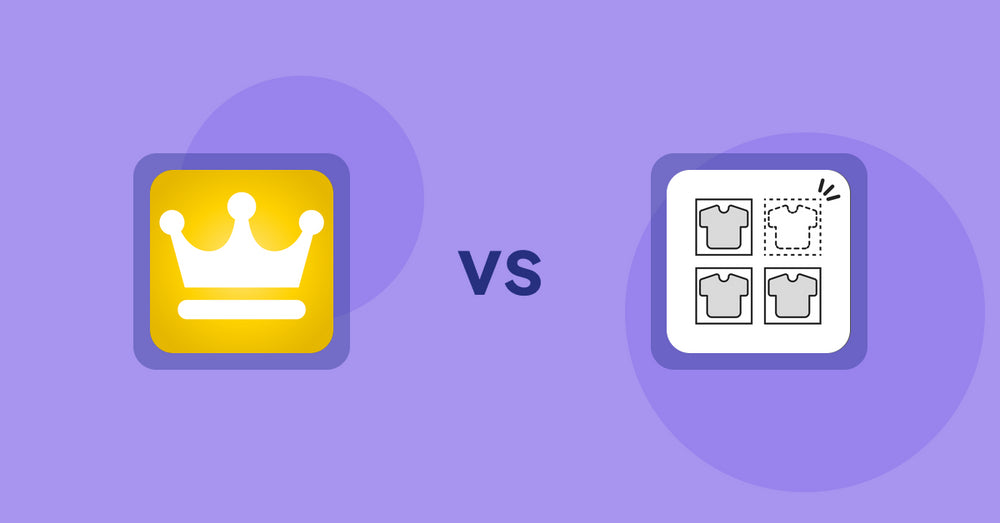
Shopify Product Display Apps: Awesome Ranking vs シンプル売り切れ非表示|在庫切れ商品の表示変更

Shopify Product Display Apps: OC Product Size Chart vs FeatureFrame ‑ Pretty Product

Shopify Product Display Apps: Shelfify vs Bike Matrix
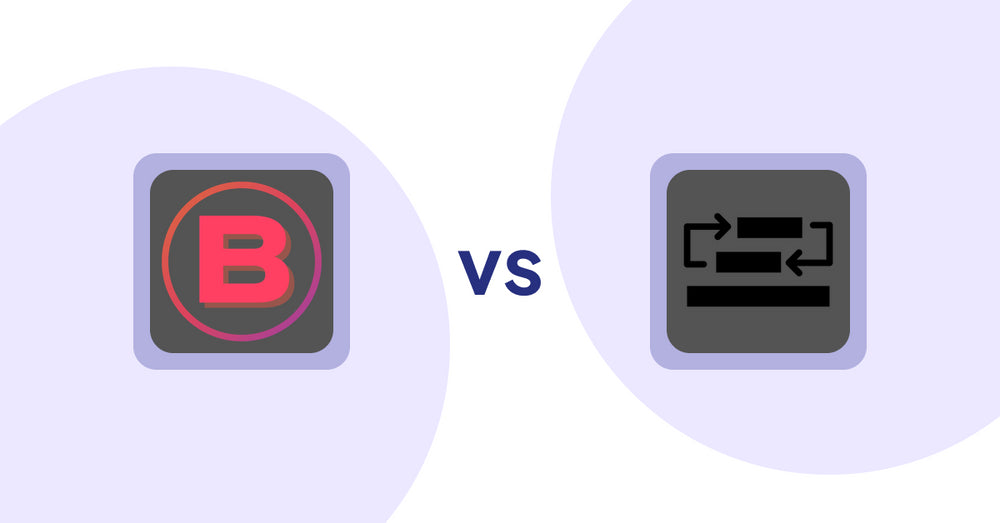
Shopify Product Display Apps: Banter Stories vs Sortyfi Collection Merchandise
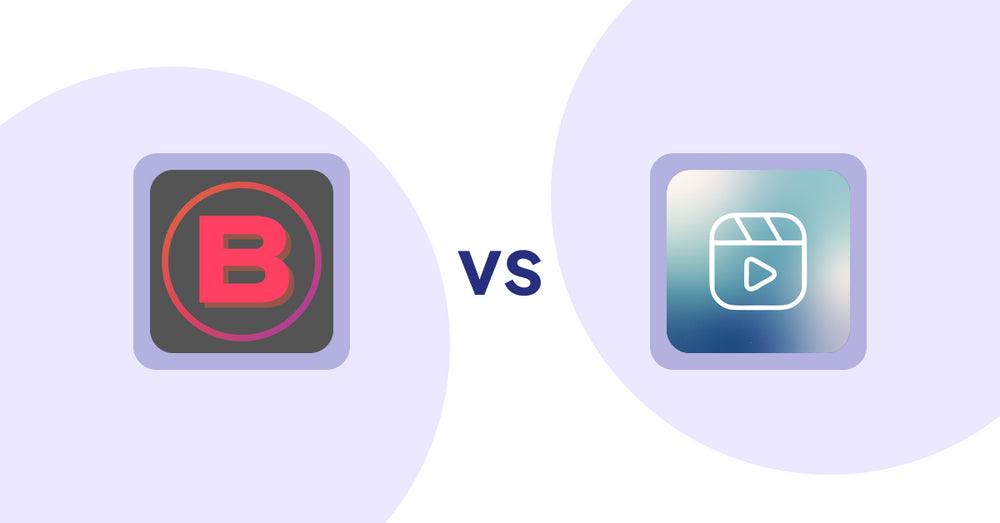
Shopify Product Display Apps: Banter Stories vs. Reelify ‑ Shoppable Reel Video
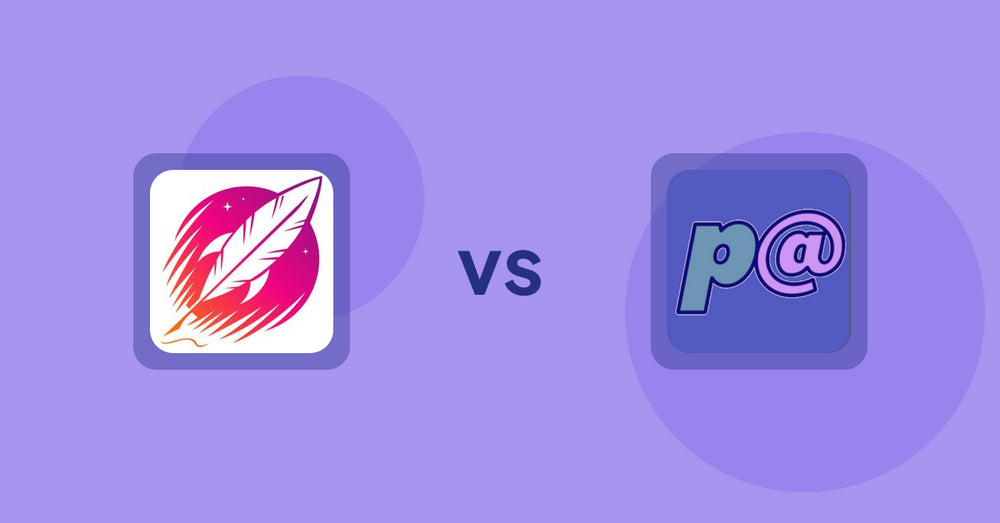
Shopify Product Display Apps: Wordsmith: Content Generator vs Parameterizer

Shopify Product Display Apps: Wordsmith: Content Generator vs Reelify ‑ Shoppable Reel Video
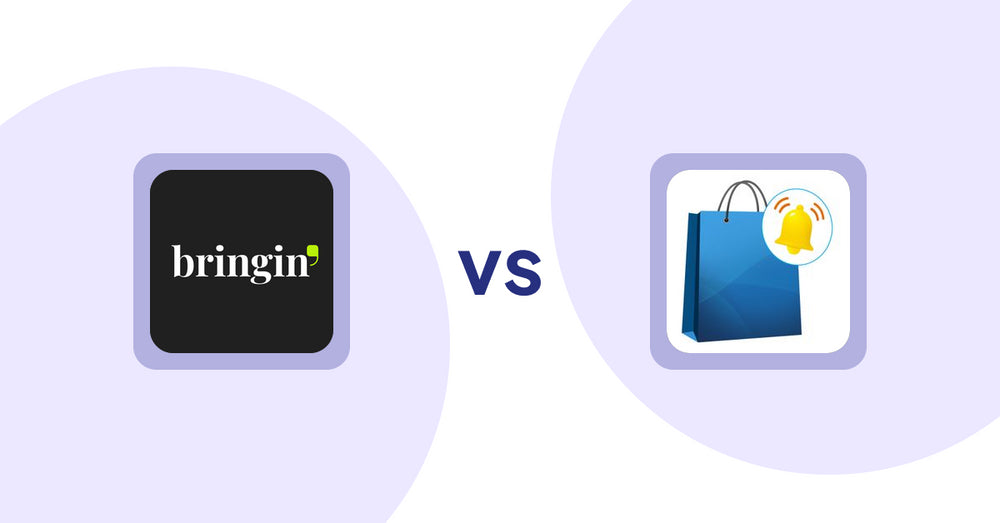
Shopify Product Display Apps: Bringin vs CartBar ‑ Product Purchase Bar
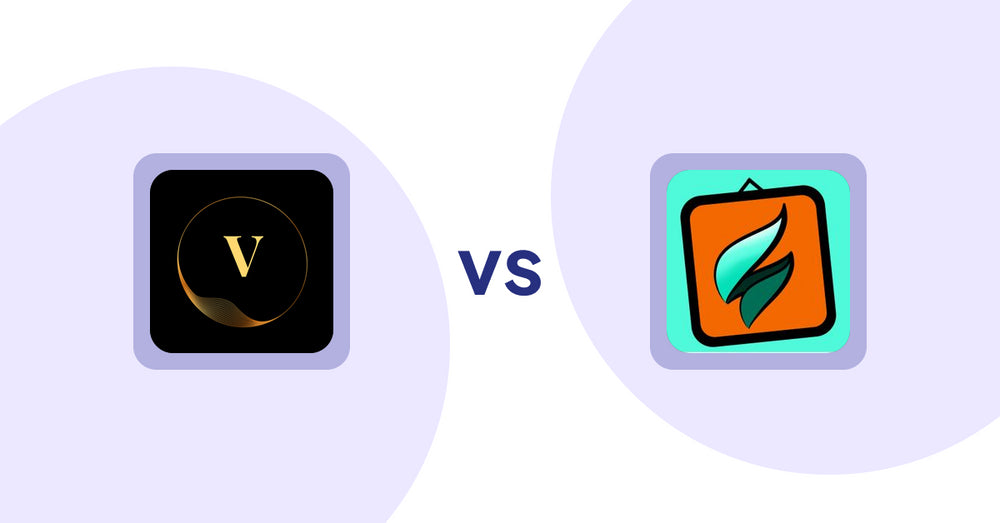
Shopify Product Display Apps: ProductTube vs SMART ‑ Art Product Builder

Shopify Product Display Apps: Xpander vs PDP Star

Shopify Product Display Apps: Xpander vs Banter Stories
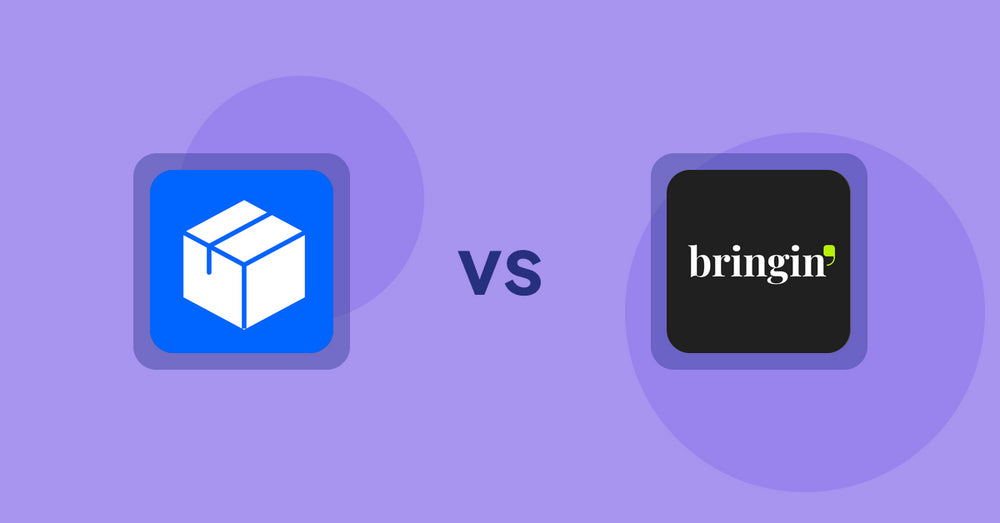
Shopify Product Display Apps: Wonderful Widgets vs Bringin

Shopify Product Display Apps: BookE - Rent Property & Service vs Metadrob: Create Virtual Store
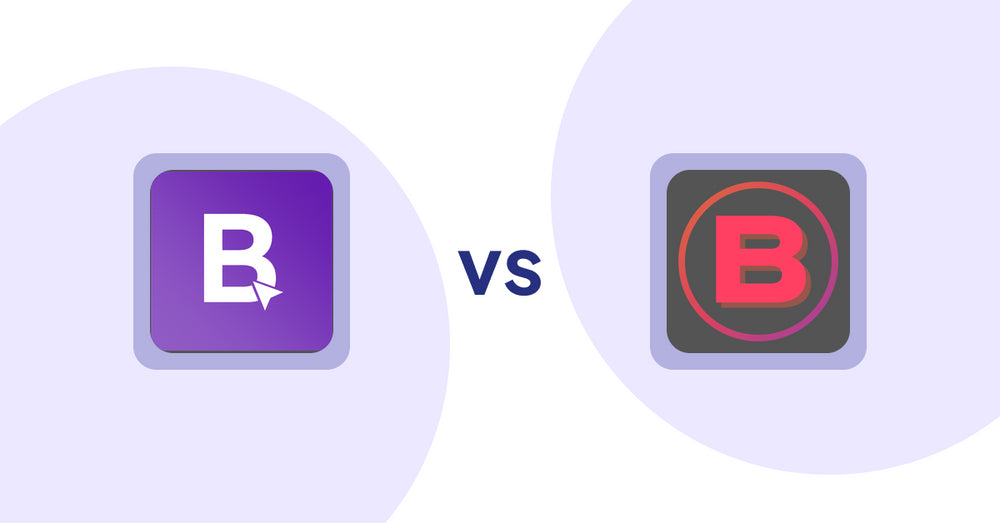
Shopify Product Display Apps: BookE ‑Rent Property & Service vs. Banter Stories
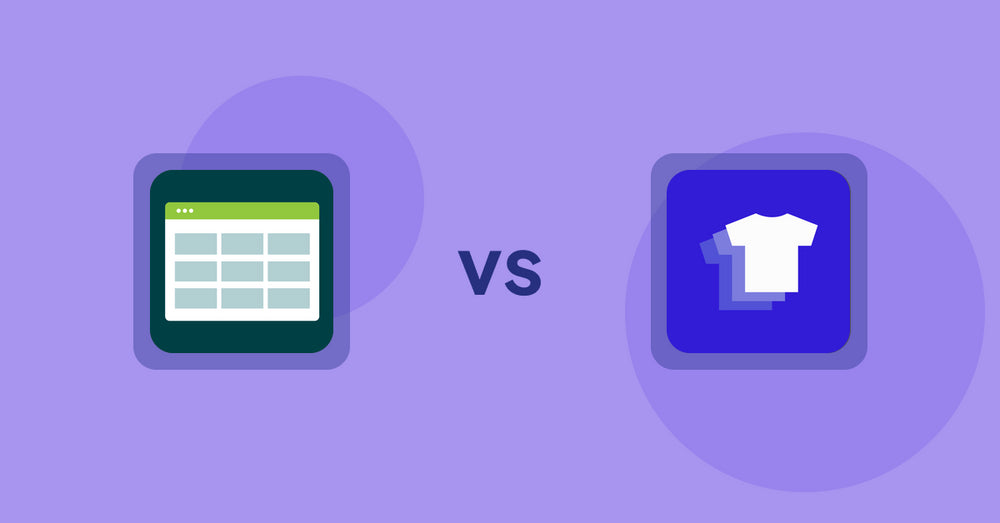
Shopify Product Display Apps: Product Table vs. Xpander
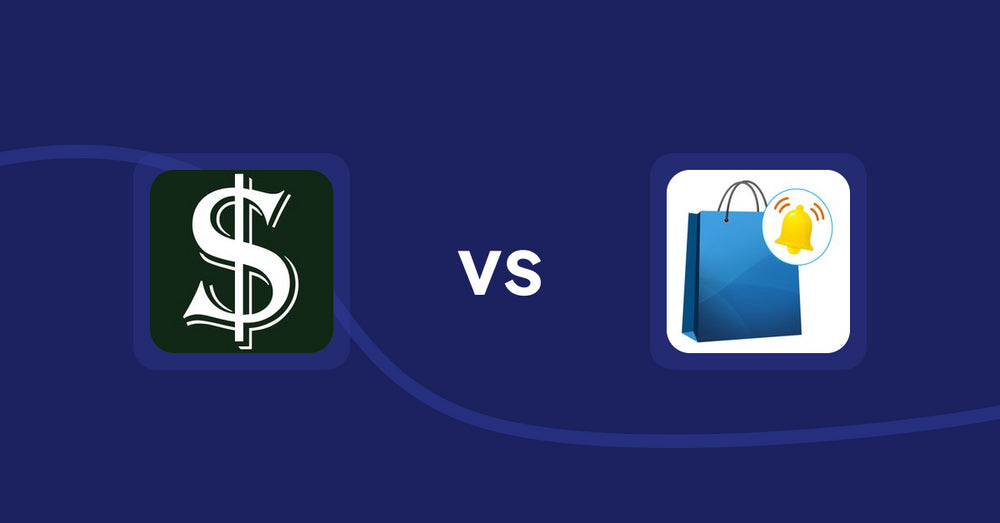
Shopify Product Display Apps: Selling Fast vs CartBar ‑ Product Purchase Bar
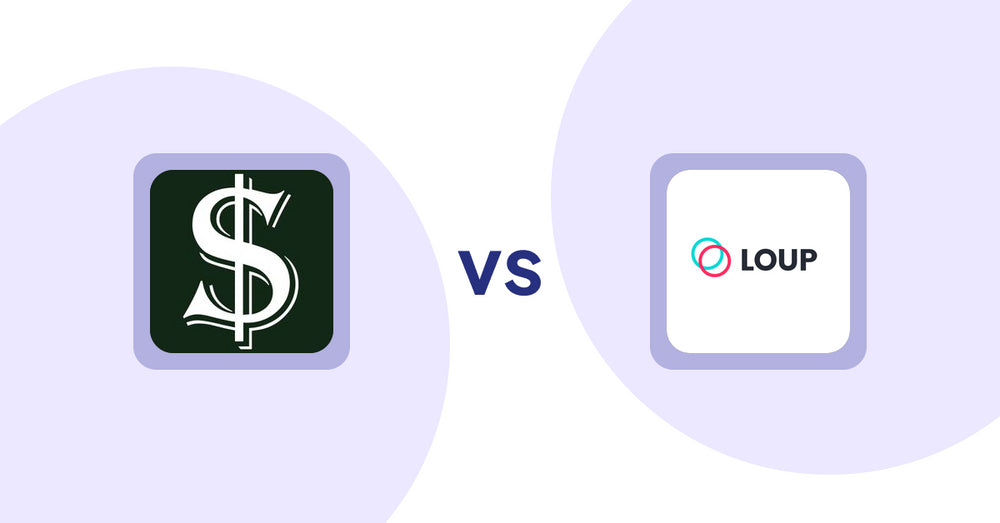
Shopify Product Display Apps: Selling Fast vs. Loup: Sell on Instagram
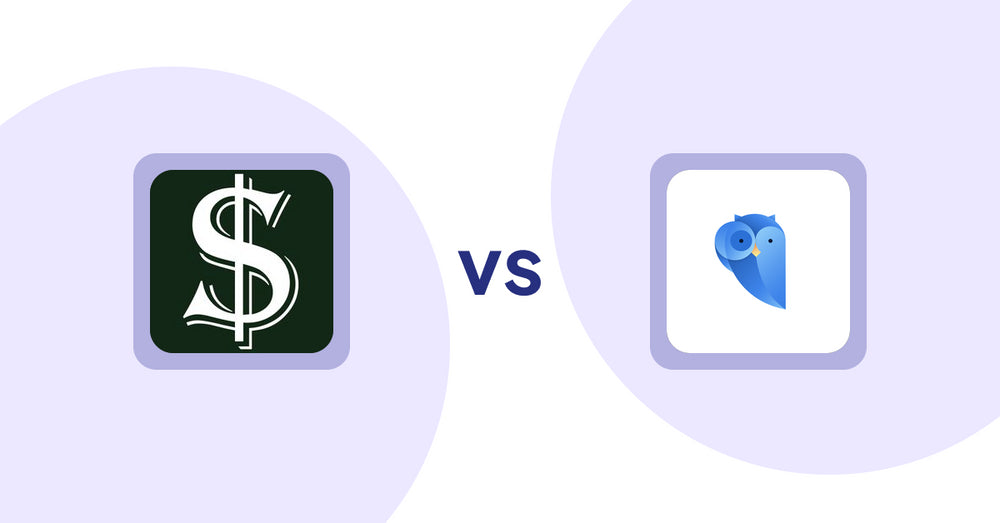
Shopify Product Display Apps: Selling Fast vs. Findify Search & Merchandise

Shopify Product Display Apps: Selling Fast vs. Aiuta
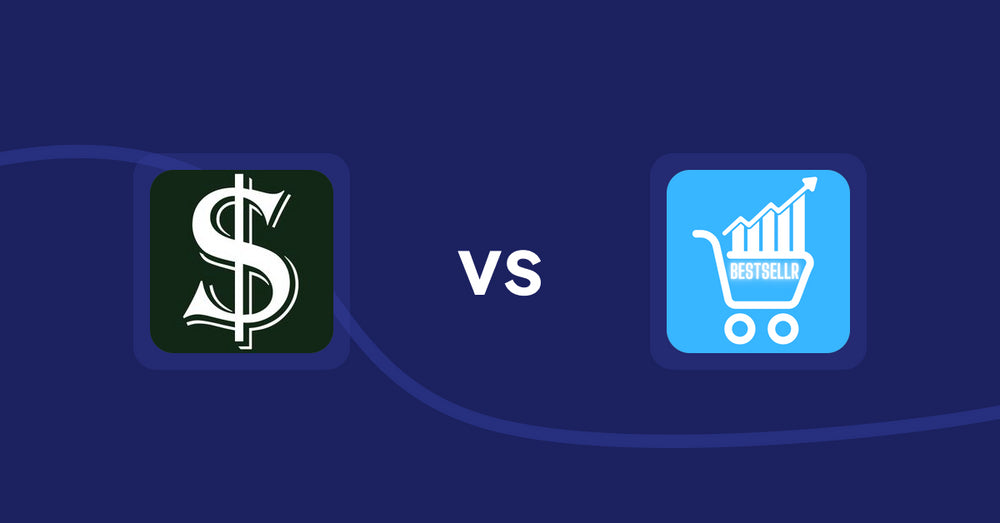
Shopify Product Display Apps: Selling Fast vs Bestsellr

Shopify Product Display Apps: Selling Fast vs ProductTube
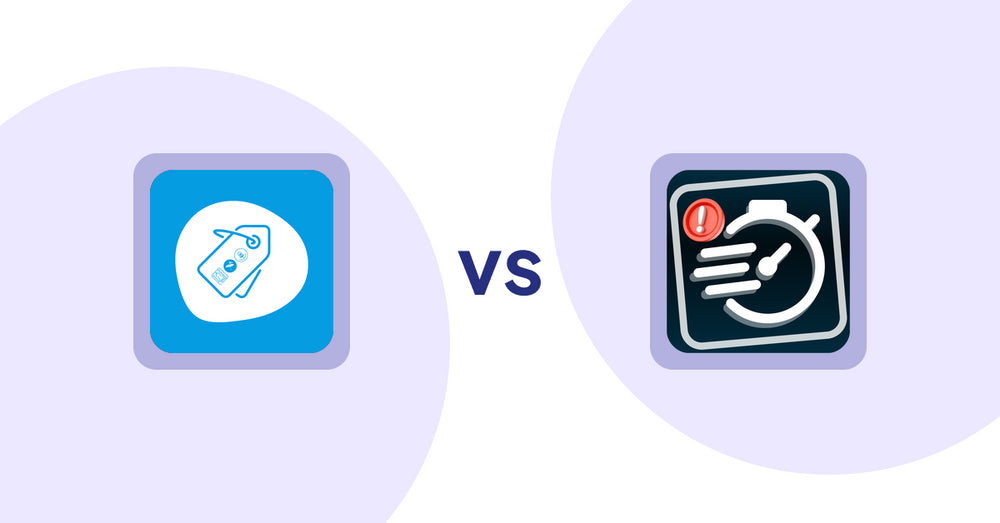
Shopify Product Display Apps: Extendons Product Tag Images vs Urgency! Low Stock Counter
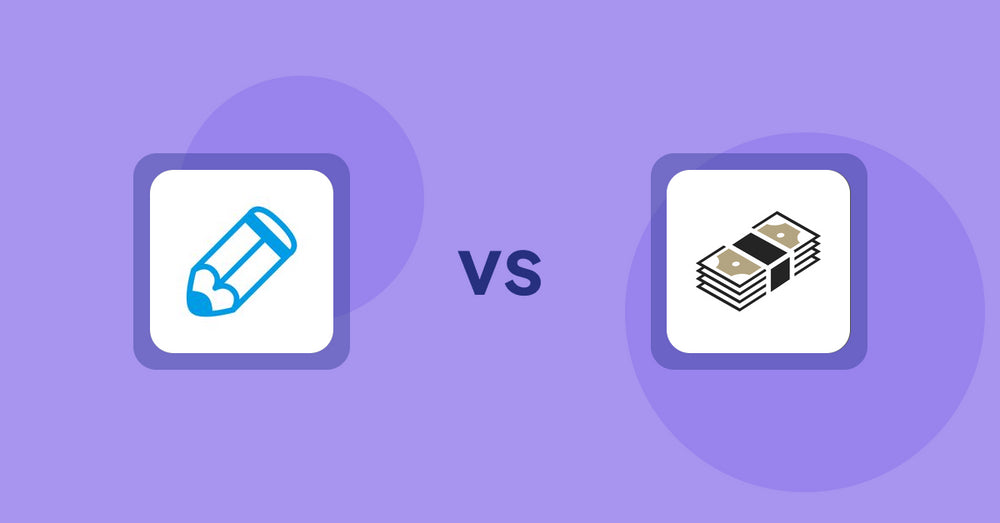
Shopify Product Display Apps: Writer Sofia vs シンプルクラウドファンディング|お手軽自社クラファン
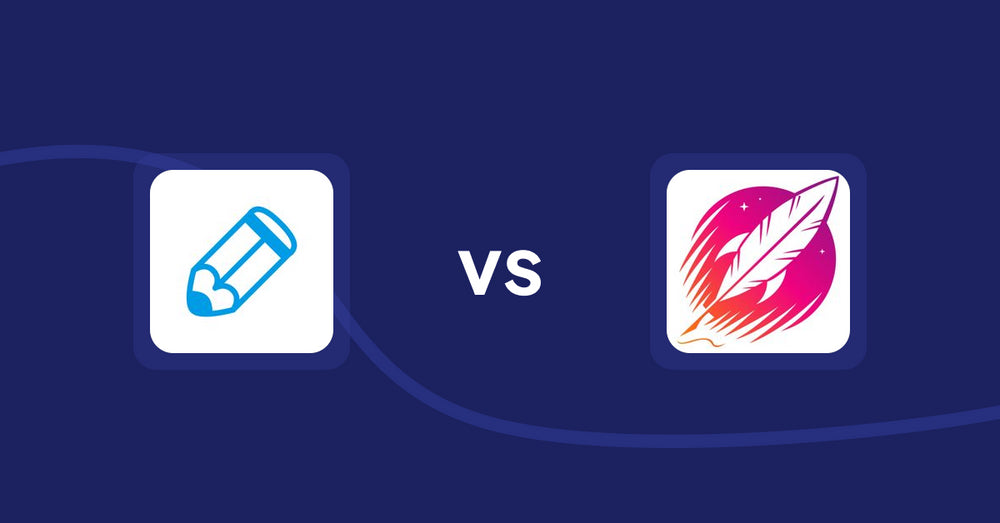
Shopify Product Display Apps: Writer Sofia vs Wordsmith: Content Generator
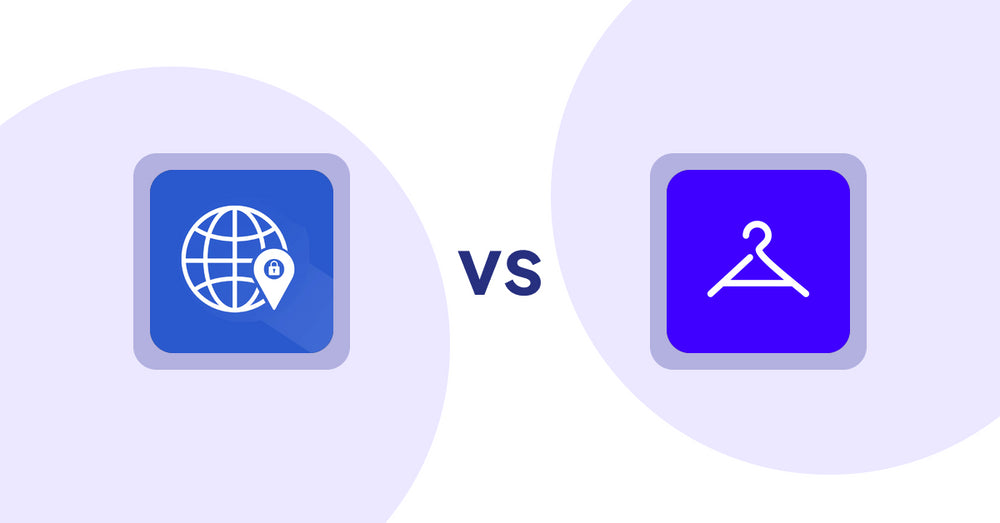
Shopify Product Display Apps: Addify ‑ Country Restrictions vs Aiuta
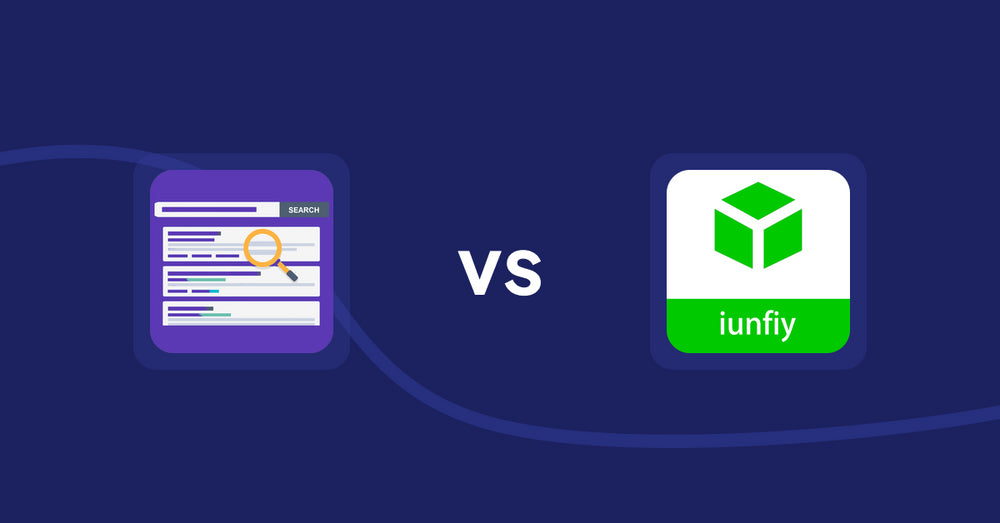
Shopify Product Display Apps: Spark AI Products Description vs iunfiy • Related Products

Shopify Product Display Apps: BeUnico vs Loup: Sell on Instagram
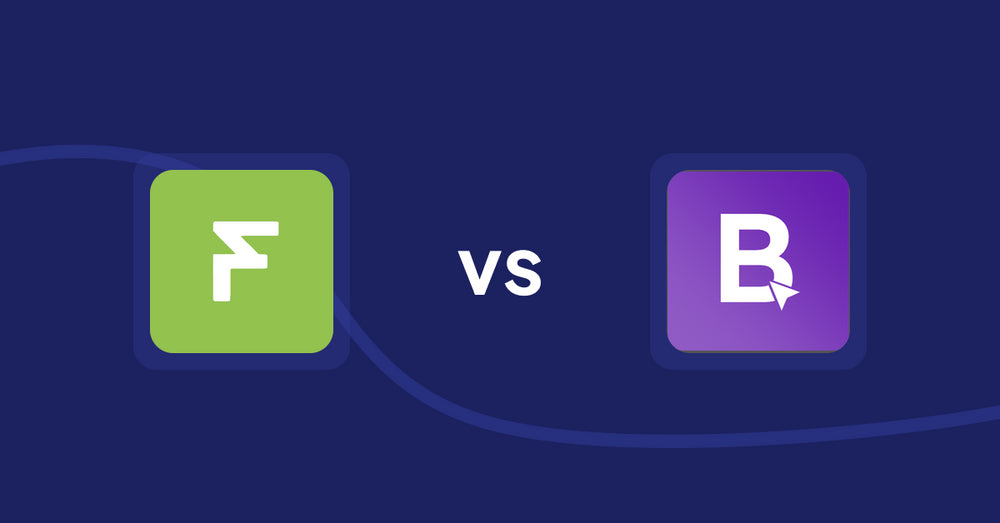
Shopify Product Display Apps: Easy Estimate Shipping vs BookE ‑Rent Property & Service
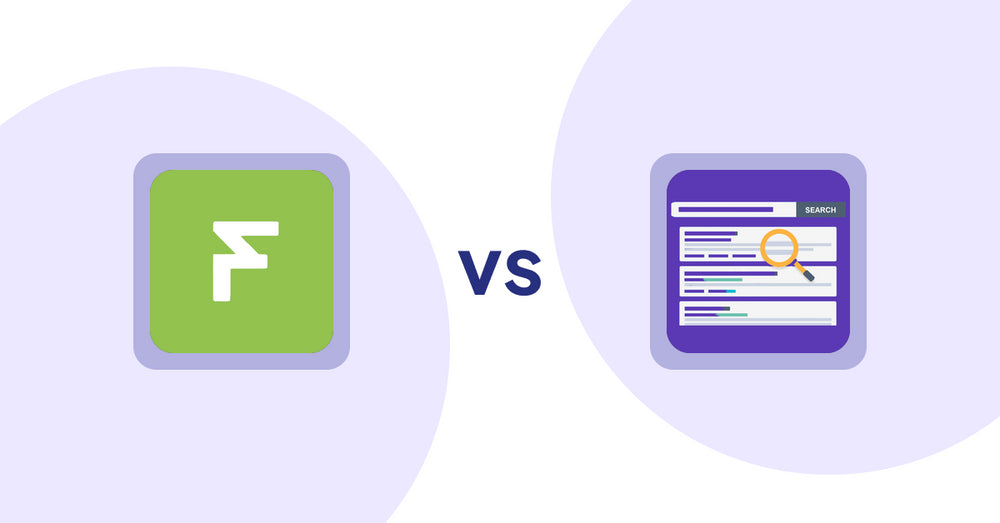
Shopify Product Display Apps: Easy Estimate Shipping vs. Spark AI Products Description
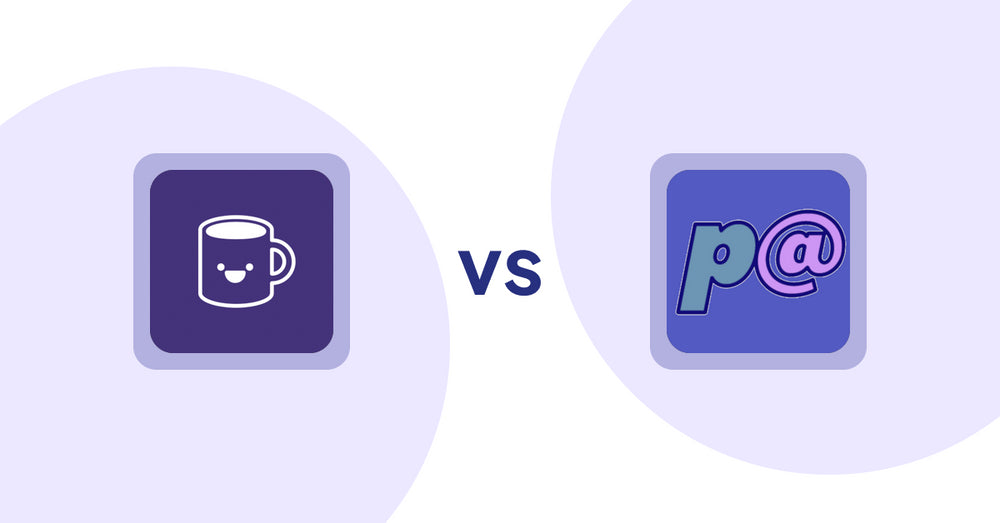
Shopify Product Display Apps: Mugshot Bot vs Parameterizer

Shopify Product Display Apps: Peftrust vs. Wordo ‑ ChatGPT AI Description
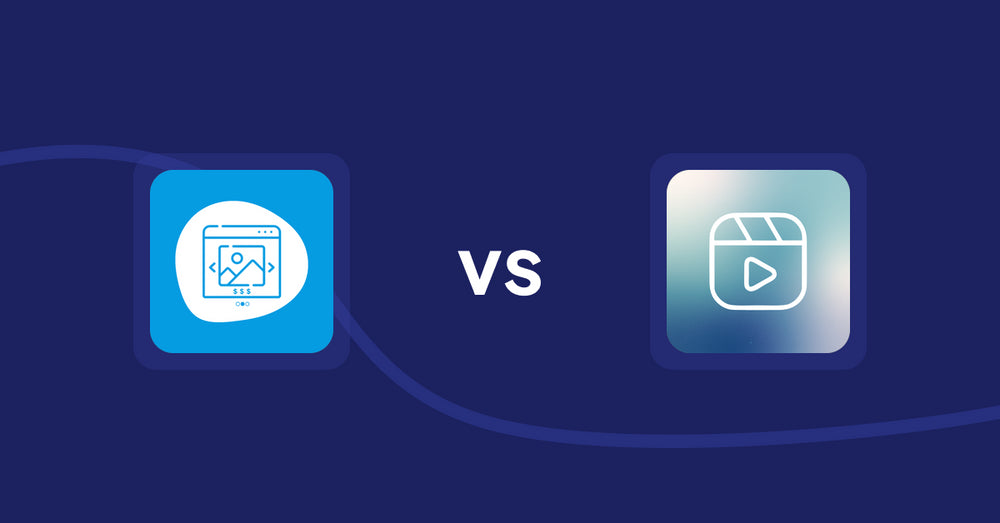
Shopify Product Display Apps: Quick Product Navigator Slide vs Reelify ‑ Shoppable Reel Video

Shopify Product Display Apps: Quick Product Navigator Slide vs. UR: Smart Ranking

Shopify Product Display Apps: Eazy Specification Tags Table vs Agile Attachments
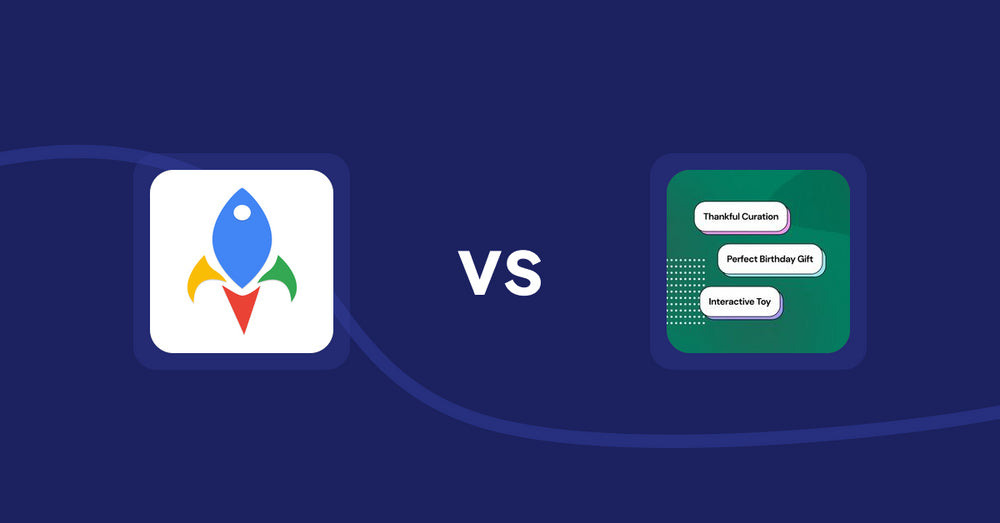
Shopify Product Display Apps: Jedi Back In Stock Admin Alert vs FeatureFrame ‑ Pretty Product
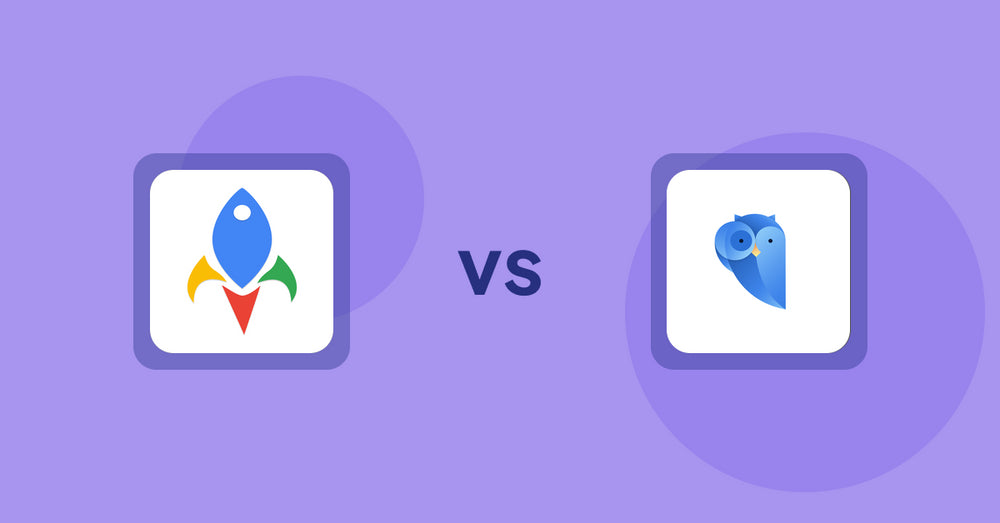
Shopify Product Display Apps: Jedi Back In Stock Admin Alert vs. Findify Search & Merchandise
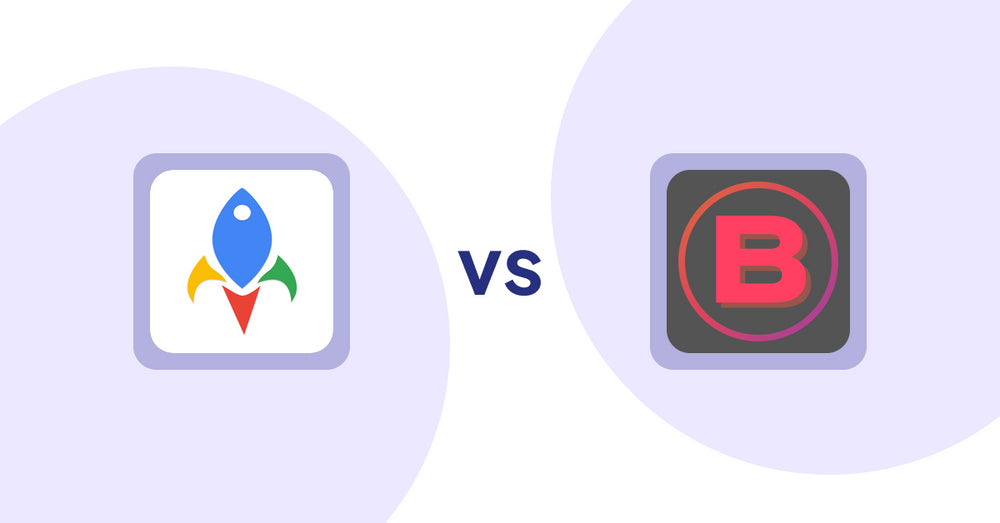
Shopify Product Display Apps: Jedi Back In Stock Admin Alert vs Banter Stories






